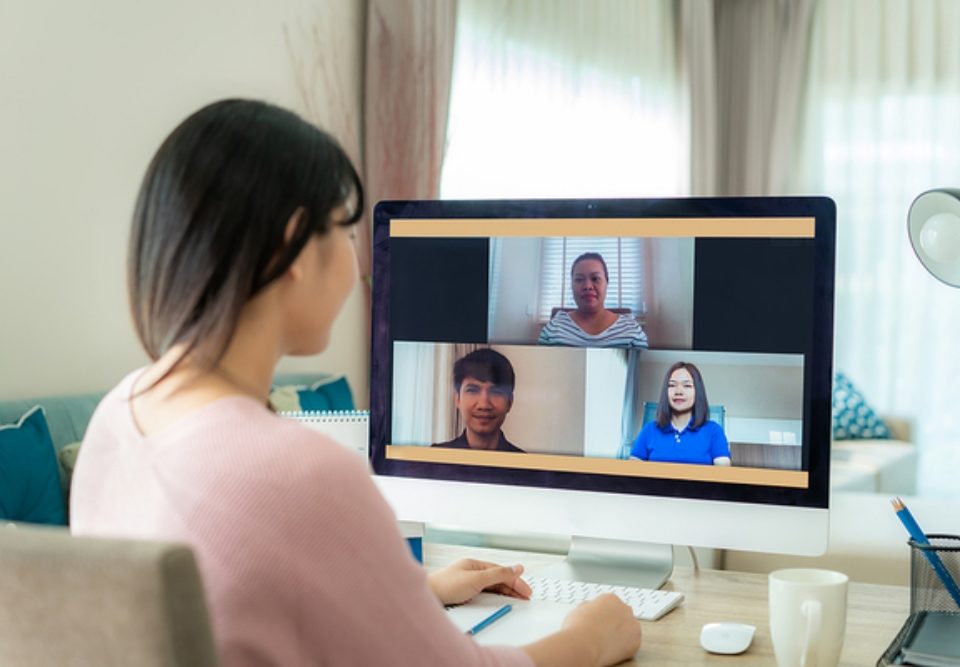Minimize Employee Time Theft While Maintaining a Motivated Workforce
April 16, 2018Why the Pros of Monitoring Employee Computer Use Outweigh the Cons
May 14, 2018How the 90 Minutes a Day Employees Spend Surfing Could be Used
On average, your employees spend about 90 minutes a day surfing the web. That may not sound like a lot – though it’s a decent percentage of an 8-hour workday – but when you add it up, the loss of productivity becomes clear. 90 minutes a day is 7 and a half hours a week, or almost an entire workday. You’re losing a day a week in employee productivity.
Most jobs will have some downtime, and even dedicated employees will need to take short mental breaks from taxing projects. But that doesn’t mean that they need to spend that downtime on Facebook or Twitter. Take a look at some more productive ways your employees could be using those 90 minutes a day.
Brainstorming
Are your employees burning company time on YouTube? Redirect them to more productive pursuits
An employee may finish a task and not be quite ready to start the next one yet, or might be stuck on a project and need a temporary break from it. But that doesn’t mean that they can’t use their brainpower for the benefit of the workplace.
Taking a few moments to create a brainstorming list of ideas to address some other project or workplace-related issue can give your employee a needed break from their current task, or fill some downtime, while still remaining productive. They might be able to go into their next project with a list of ideas already in place because they took a few moments to brainstorm ideas. Or they may be able to spend some time brainstorming a solution to some problem that’s not directly related to their job, but that still relates to their workplace, like how to stop thefts from the communal refrigerator in the breakroom. Solving small problems like these may not be strictly work-related, but it can still improve the atmosphere and morale in the workplace.
Cleaning the Desk or Work Area
Clearing the workplace in-between tasks will help your employee go to the next task with a clear and organized mind.
There’s a saying that’s often used in service industry jobs, “if there’s time enough to lean, there’s time enough to clean.” This applies equally well to office jobs. A messy, disorganized workplace can result in less productivity, and it can also look unprofessional in an office that clients may visit. However, it’s not uncommon for paperwork and other clutter to build up when an employee is in the thick of an absorbing task.
Take the time to clean up the workspace during downtime can be a great way for an employee to make use of a few spare minutes in their workday. The act of cleaning is less challenging mentally, so your employee’s brain can have a few minutes to rest and reset, and they’ll go into their next task with a clear mind and a clear desk as well.
Taking a Walk
Medical professionals warn that sitting for long periods of time is as bad for one’s health as smoking. This is bad news for office employees, whose jobs by nature require long periods of sitting. It’s also bad news for employers, who pay the price in higher health insurance costs and lost productivity due to illness.
Encouraging your employees to get up from their desk and talk a walk when they feel distracted or need to look away from their screens for a minute might feel counterproductive, but it’s actually good for the overall health of your office, and much better for your employees’ health than sitting and surfing through social media sites. A quick stroll around the office or to the water cooler may be just the thing that an employee needs before getting back to their task, and it’s helpful for their bodies as well.
Employee monitoring software can help you spot patterns in your employee’s work habits and when they switch over to unproductive web surfing. This can help you tailor your employee training to encourage your employees to engage in these more productive workplace activities during downtime instead. To find out more about how employee monitoring software can benefit your office, Take an online test drive.



